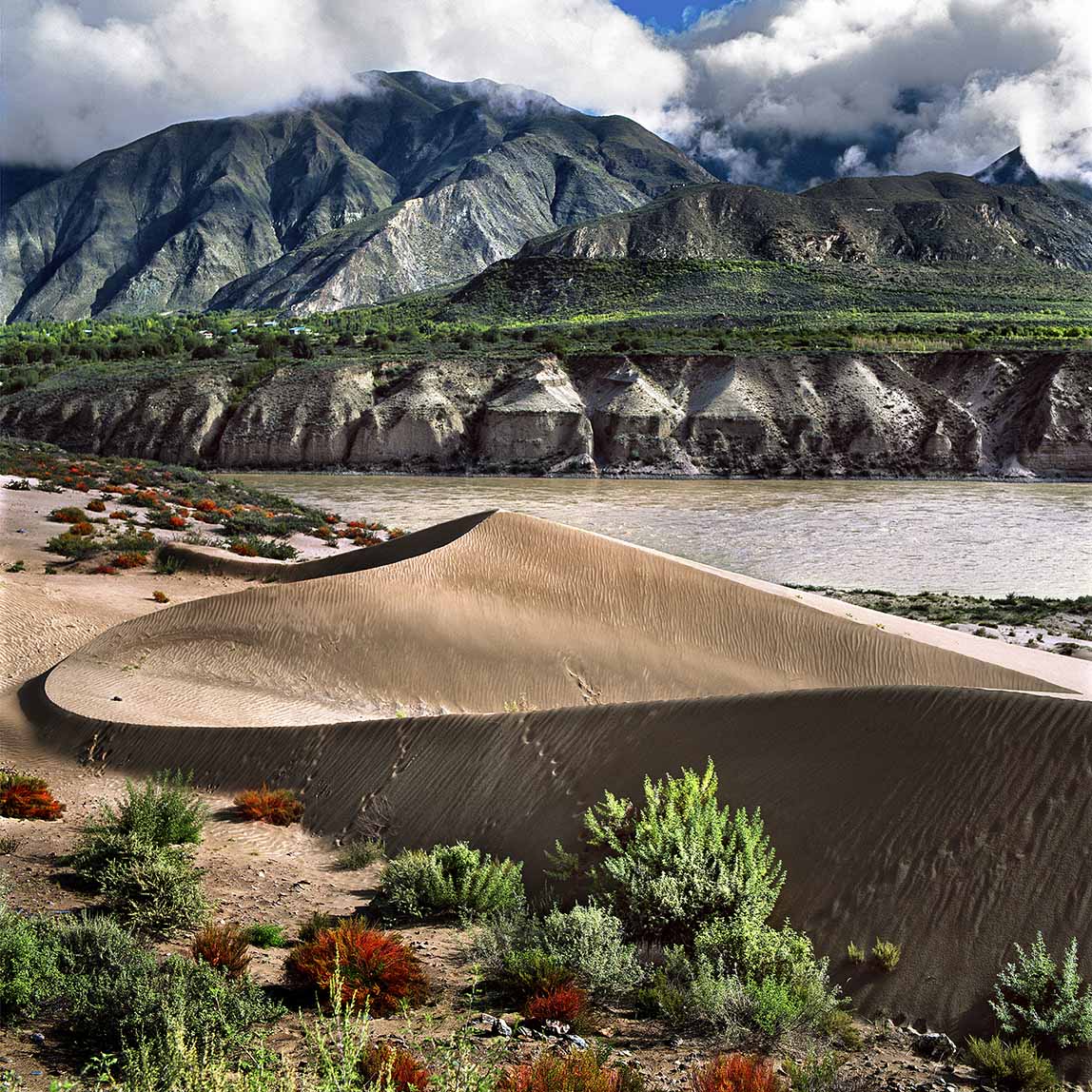
Useful water
The need for water for agriculture has always been the most important. The survival of these isolated peoples, who lived until the last century in almost complete self-sufficiency, depends on the abundance and regularity of the rains.
Today there are yet more new uses for water: the beautiful Himalayan rivers have become a major asset in tourism development as rafting becomes ever more popular, and mountain lakes are also attracting an increasingly cosmopolitan population.
But it is everyday water that has become an essential issue.
The very high growth in population has considerably increased domestic water needs. The current situation has stark contrasts. In the mountain villages, the improvement has been spectacular, and thanks to aid from NGOs and the work of the inhabitants, most of the hamlets have been supplied with drinking water. However, in the cities, water management has become critical. Inhabitants are left to get by as best they can, in the face of rapacious industrialists and careless public authorities.
In the cities of the Kathmandu basin, some districts only have water from a collective fountain for one hour a day. In Leh, in Ladakh, water is bought from delivery men who transport it from springs on makeshift carts.
When it comes to wastewater treatment in the big cities, it’s a nightmare. A visit to the ghhats of Kathmandu gives one an idea of the magnitude of the disaster: the river, practically dry for most of the year, has become an open sewer where pigs wallow and ducks paddle. The riverbed is used as a dumping ground and a toilet, while its banks welcome the homeless who have come to try their luck in the city.
Today, all eyes are on the driving force of water and its gigantic hydroelectric potential. For Nepal alone, it would be around 83,000 MW, second in the world only to Brazil. But the path to development from potential to reality is long and strewn with obstacles, starting with funding. These colossal projects with international stakes are far from the concerns of the local peoples.
Governments have to choose between large-scale national projects with high costs and serious or even painful environmental and human consequences, and more modest local projects carried out in collaboration with an involved population. It is by no means sure that sustainable development that respects people and nature will always win the day. The political decision-makers in the Himalayas, as elsewhere, are urban dwellers for whom the rural world must remain, above all, a subservient supplier of products and services.



